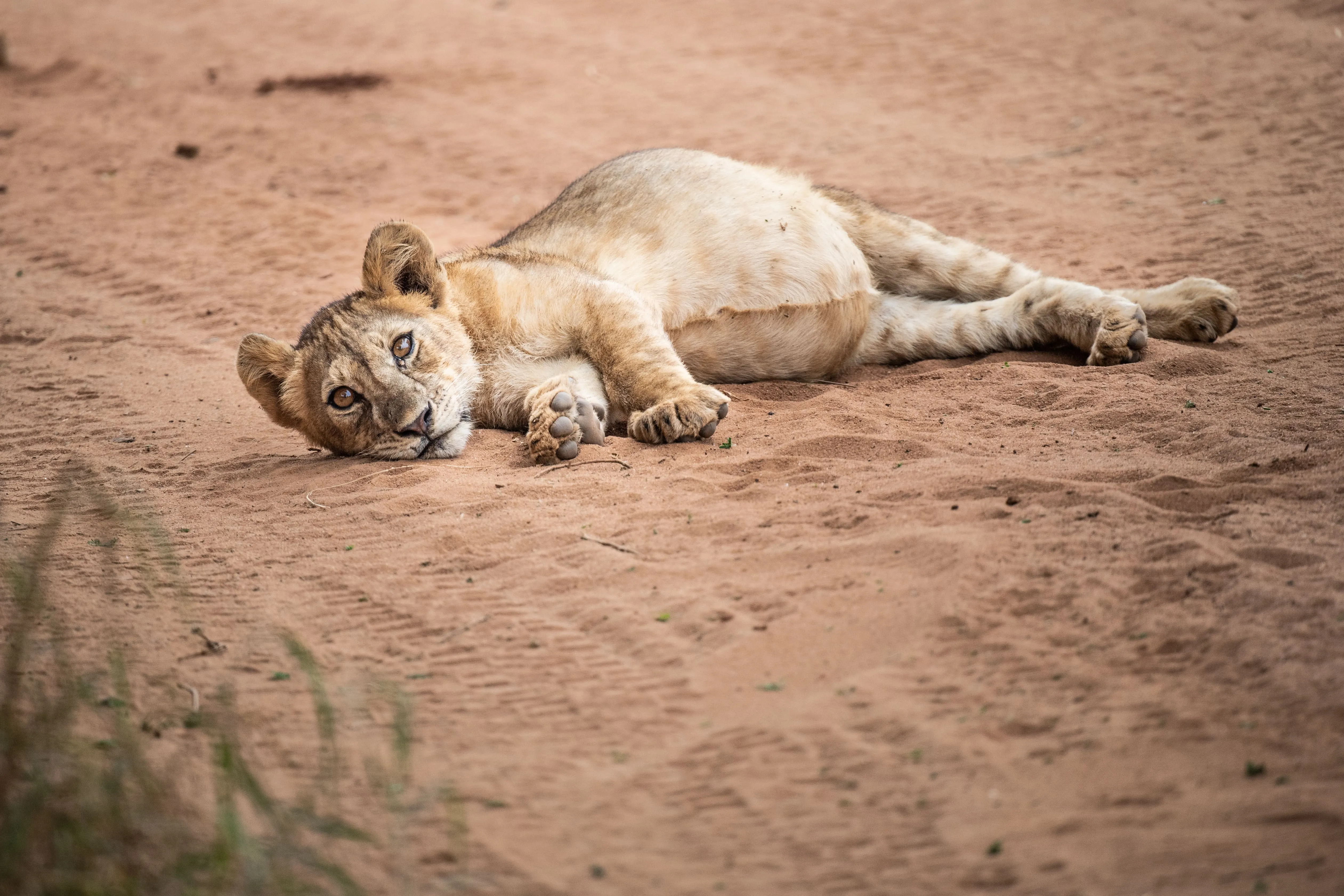On Safari in Tarangire National Park
Tarangire National Park is a must-visit for safari enthusiasts, especially during the dry season (June-October) when wildlife congregates around its water sources. Known for its massive elephant herds and iconic baobab trees, this park offers an unforgettable experience. Tarangire is also one of the few places where you can spot the oryx and a giant tree-climbing python in the acacia woodlands.
Where It's Located: A Scenic Drive from Arusha
Tarangire National Park is located in northern Tanzania, about 120 kilometers (75 miles) southwest of Arusha, making it easily accessible for those starting their safari journey in the city. The park is nestled between the Great Rift Valley and the Masai Steppe, offering stunning views and diverse habitats.
What Time of Year to Visit: Best Time for Wildlife Viewing
- Peak Season (June – October): This is the dry season, and the park becomes a hotspot for large herds of wildebeest, zebra, and elephants as they gather around the waterholes. This is also the best time for wildlife viewing, especially for spotting elephants, which can number over 300 in a herd.
- Good for Safari (July – October): The dry season is ideal for game drives, as animals are easier to spot around water sources.
- Fair for Safari (November – March): While wildlife sightings are still good, the park is less crowded, and you may experience some rain.
Which Animals Are Prevalent: Elephants, Oryx, Leopards, and More
Tarangire is home to an impressive variety of wildlife, including:
- Elephants: The park is renowned for its massive herds, sometimes reaching over 300 individuals.
- Wildebeest & Zebra: These animals are abundant, especially during the dry season.
- Oryx: Tarangire is one of the few places where you can spot these stunning antelopes.
- Leopards: While common, they are elusive and tend to sleep in the trees during the day.
- Giant Tree-Climbing Python: A rare but exciting sight in the acacia woodlands.
- Hunting Dogs: Though sightings are rare, you might spot these elusive predators.
Who Should Visit: Perfect for Elephant Lovers and Birdwatchers
Tarangire National Park is ideal for:
- Elephant Enthusiasts: If you're a fan of elephants, you’ll be in paradise. The park boasts some of the largest herds in Africa.
- Birdwatchers: With over 500 species recorded, Tarangire is a birdwatcher's dream. The park’s swamps, especially, are home to a variety of breeding species.
- Nature Lovers: If you’re fascinated by unique landscapes, the massive baobab trees and diverse habitats will captivate you.
- Safari Seekers: Whether you're a first-time visitor or a seasoned safari-goer, Tarangire offers a truly authentic experience.
Game Drives: Get Up Close with Tarangire’s Wildlife
- Elephant Sightings: One of the highlights of a game drive is getting close to Tarangire's massive elephant herds. The park is one of the best places to see these majestic animals up close.
- Larmaku Swamp: A large swamp area where elephants and other animals cool off in the water and rest in the shade of acacia trees.
- Wildlife Viewing: The chance to see large herds of elephants is 99.9% guaranteed. Leopards, giraffes, and other animals are commonly spotted during game drives.
Park Admission Fees and all Game Drivers are included. The activity below are optional and could be arranged for an additional charge.
Birdwatching: A Haven for Feathered Friends
Tarangire is a paradise for birdwatchers, with over 500 species recorded. The park is particularly rich in birdlife due to its diverse habitats, from swamps to woodlands. Notable birds include:
- Flamingos: Often seen around the swamps, especially in the dry season.
- Vultures & Storks: Commonly seen soaring overhead.
- Northern Pied Babbler: A rare dry-country bird.
- Vulturine Guineafowl: Found at the extremity of their range in Tarangire.
- Best Time for Birdwatching: The best months for birdwatching are November to April, when migratory birds from Europe and North Africa are present. Many resident birds are also in their breeding plumage during this time, making them easier to spot.

%20(1).svg)



%20(1).svg)





%20(1).svg)

%20(1).svg)



%20(1).svg)

